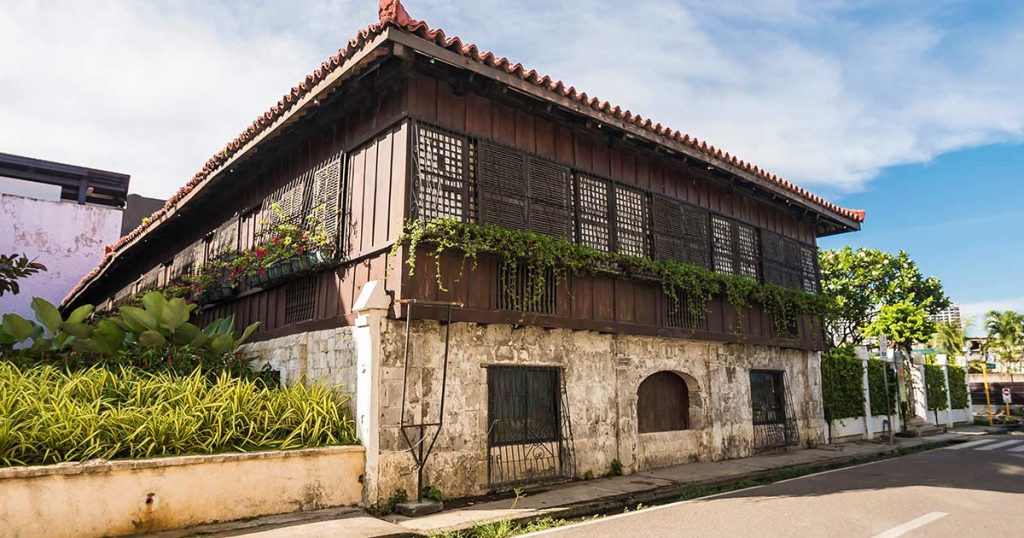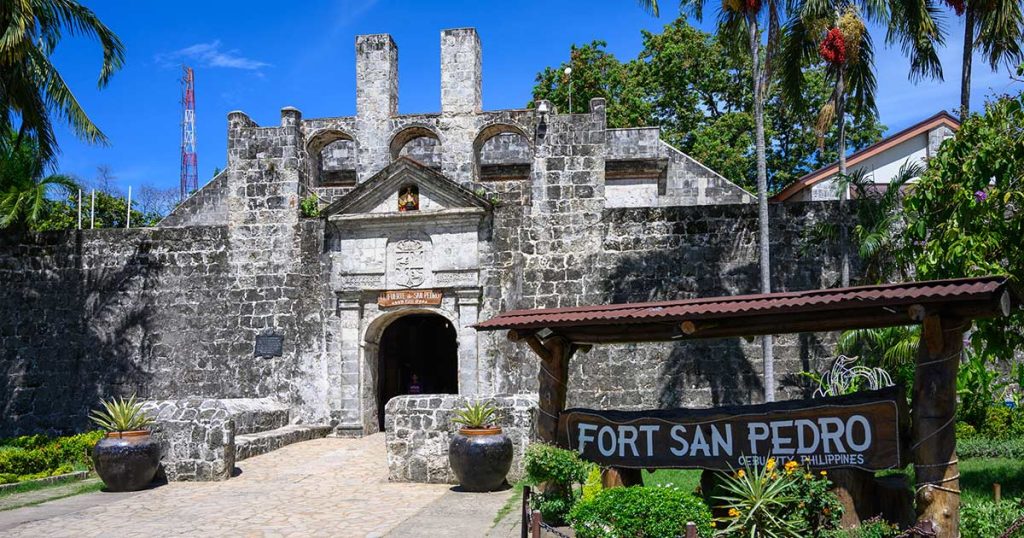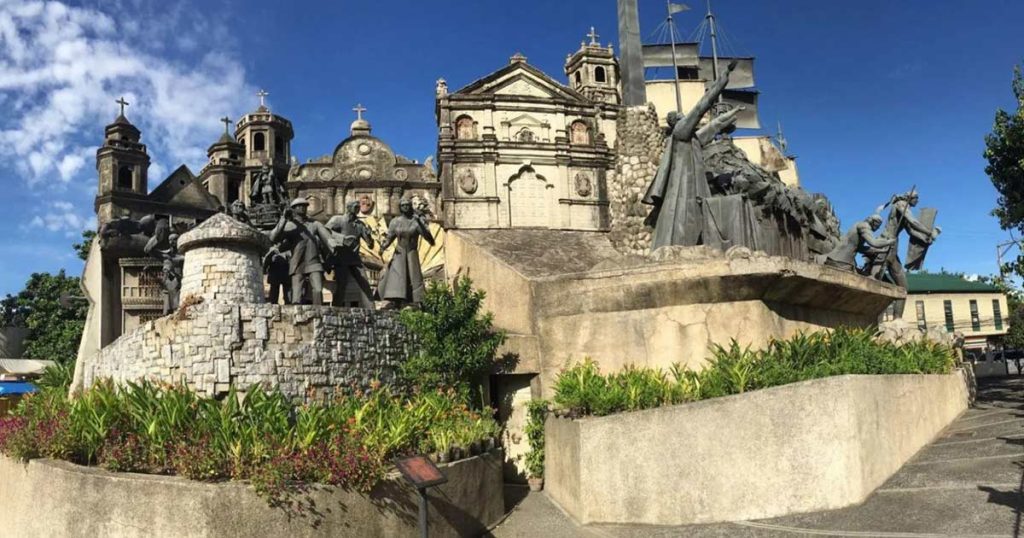Casa Gorordo Museum Cebu City
Introduction
Step into the enchanting world of Casa Gorordo Museum, a captivating treasure nestled in the heart of Cebu City. Whether you’re a history buff or simply curious about local heritage, this museum promises to take you on an extraordinary journey through time. From its fascinating exhibits to its exquisite architecture, Casa Gorordo is a hidden gem showcasing Cebu’s rich cultural tapestry.
As soon as you set foot inside this historic house-turned-museum, you’ll be transported back to the 19th century. From its ancestral architecture to curated collections, every corner tells a story of Cebu’s vibrant past. But before we dive into its features, let’s uncover the history behind Casa Gorordo and its founding family.
History of the Museum and its Founding Family
Casa Gorordo dates back to the 19th century when Alejandro Reynes y Rosales built it for his son Juan Isidro. The Gorordo family later acquired the property in 1863, and for generations it became their home.
Among its notable residents was Juan Isidro Gorordo, the first Filipino bishop of Cebu, who lived there from 1910 to 1939. He was not only a religious leader but also an active figure in Cebu’s cultural and social development.
The house reflects Spanish-Filipino architecture, with high ceilings, capiz shell windows, ventanillas, and hardwood floors. Walking through its halls today feels like stepping into another time, with antique furniture, portraits, and artifacts carefully preserved.
The Architecture and Design of the Museum
The museum’s architecture itself is part of the experience. Built with a mix of Spanish colonial and Filipino elements, Casa Gorordo is a showcase of heritage design.
Coral stone walls – durable and beautiful, typical of Cebu houses of that era.
Wooden floors & beams – crafted from local hardwood, showcasing Cebu’s artistry.
Capiz shell windows – filtering natural light into its wide, open spaces.
Courtyard – filled with plants, creating a serene atmosphere amidst the city.
Its layout reflects Filipino traditions: communal living balanced with private quarters, providing visitors with a deeper sense of how families once lived.
Collections and Exhibits in the Museum
Inside Casa Gorordo, guests will find carefully curated collections that bring Cebu’s history to life:
Traditional Clothing – barong Tagalogs, ternos, and intricately embroidered garments.
Religious Art – ivory statues, paintings, and gold ornaments tied to Cebu’s Catholic heritage.
Historical Records – old photographs, family heirlooms, and relics from key figures.
Rotating Exhibits – contemporary art, themed cultural events, and special displays.
Each item tells a story about how Cebuanos lived, worked, celebrated, and worshipped through the centuries.
Cultural Events and Activities at Casa Gorordo
The museum isn’t just about static exhibits—it’s alive with cultural events that bring Cebuano traditions closer to visitors:
Kundiman sa Casa – live serenades of traditional Filipino love songs.
Workshops – weaving, pottery, embroidery, and heritage crafts.
Cultural Festivals – performances of dances like Tinikling and Sinulog.
Interactive Displays – educational games, quizzes, and multimedia exhibits.
These programs allow guests not just to observe, but to engage with Cebu’s cultural identity.
Visiting the Museum: Hours, Admission, and Location
Address: Lopez Jaena Street, Parian District, Cebu City
Hours: Tuesday to Sunday, 10:00 AM – 6:00 PM
Admission: Affordable rates, with student and senior discounts
The Parian District itself is worth exploring, with cobblestone streets and other heritage homes nearby.
Impact on Cebu City’s Tourism Industry
Casa Gorordo is more than a museum—it is a cornerstone of Cebu’s cultural tourism. By preserving history and hosting cultural events, it attracts both locals and foreigners, helping boost tourism and nearby businesses. Restaurants, hotels, and shops all benefit from the museum’s steady stream of visitors.
It has strengthened Cebu’s identity as a cultural hub, showing that the past can thrive alongside modern development.
Preservation Efforts and Future Plans
The museum continues to preserve Cebuano heritage through:
Structural preservation – maintaining coral walls, wooden floors, and antiques.
Documentation & research – uncovering new insights into Cebu history.
Educational programs – school partnerships, lectures, and interactive tours.
Digital initiatives – future plans to digitize collections for global access.
These efforts ensure Casa Gorordo remains a cultural beacon for future generations.
Personal Experiences at Casa Gorordo
Many visitors leave Casa Gorordo feeling a deep connection to Cebu’s history. From its antique kitchens to its tranquil gardens, every corner evokes nostalgia. Guided tours enhance the experience with stories of the Gorordo family and the city’s heritage.
The museum offers not only history but also a peaceful break from the bustling city. It’s a reminder of the importance of preserving tradition while embracing the present.
➡️ Explore Cebu’s natural wonders, history, and cuisine—check out our comprehensive travel page
Conclusion
The Casa Gorordo Museum is a cultural treasure that keeps Cebu’s history alive. From its Spanish-Filipino architecture to its curated exhibits and community events, it offers a meaningful experience for anyone visiting Cebu City. Whether you are a traveler, a student, or simply someone curious about heritage, Casa Gorordo deserves a place on your Cebu itinerary.




